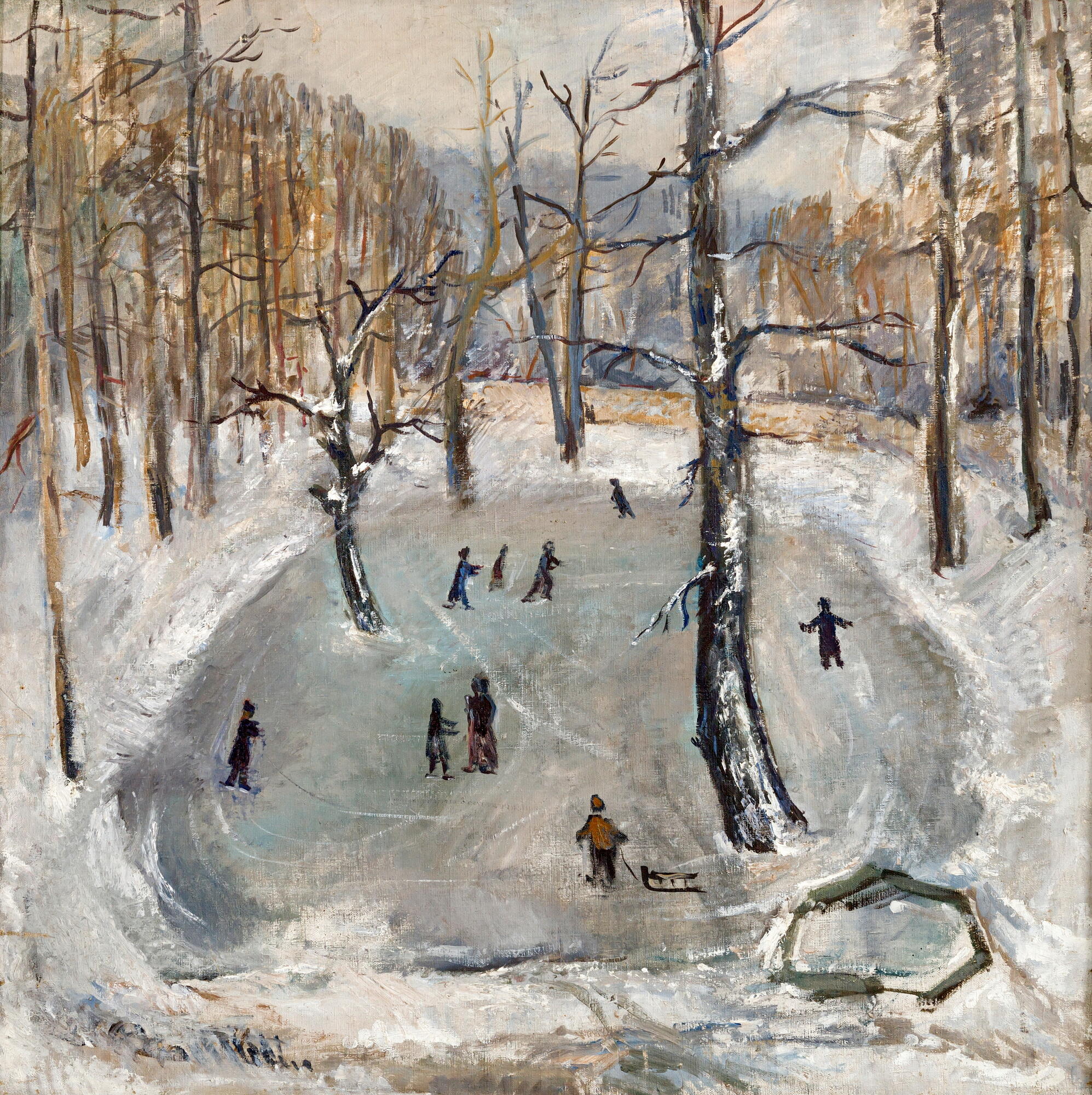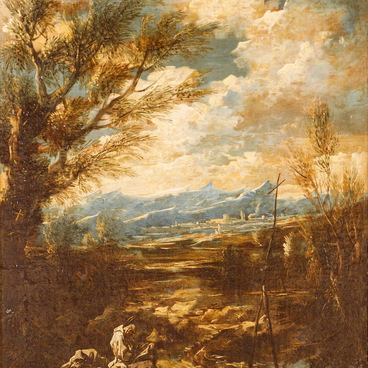Yuri Shchukin, a Voronezh-born Soviet painter and scenic designer, developed his talent in the 1920s. His creative career was short but truly remarkable. In his art, Shchukin intertwined deep insight into human nature and extraordinary artistic imagination. One of the artist’s most fascinating works is the 1933 “Ice Rink” from the collection of the Voronezh Art Museum. Using an airy silver and gray color palette, Yuri Shchukin turned an ordinary scene into a deep artistic concept.
Yuri Shchukin was born in Voronezh in 1904. He attended a secondary school, studied at the “Young Artists” club of the Voronezh Education Authority, and Higher Art and Technical Studios. His teachers included Sergey Romanovich, Pyotr Konchalovsky, and Vasily Sakhnovsky. After graduating from the university, Yuri Shchukin lived in Moscow where he worked in scenic design and participated in creating street propaganda posters together with his wife Ariadna Magidson. He also prepared decorations for rallies and demonstrations celebrating the important dates and events of the Russian Revolution. Shchukin was a member of the Association of Artists of Revolutionary Russia.
The distinctive nature of his paintings was characterized by the combination of humor and drama, of imagination and reality. In his art, he blurred the lines between life and fiction. Metaphorical images, buffoonery, grotesque, and lyricism formed the foundation of his style. Yuri Shchukin was a unique and versatile artist, a true dreamer and idealist.
At the height of his career, Yuri Shchukin fell ill with tuberculosis and died at the age of 31. After his death, two exhibitions of his art were held in Moscow. The first one was organized at the exhibition hall of the Moscow Union of Soviet Artists in January 1938. It featured over 70 drawings and paintings by Yuri Shchukin. Another posthumous exhibition was held at the Central House of Writers in 1966. Nowadays, his paintings are displayed at the Voronezh Art Museum, the State Tretyakov Gallery, the State Russian Museum, and the Nukus Museum of Art.
Yuri Shchukin was born in Voronezh in 1904. He attended a secondary school, studied at the “Young Artists” club of the Voronezh Education Authority, and Higher Art and Technical Studios. His teachers included Sergey Romanovich, Pyotr Konchalovsky, and Vasily Sakhnovsky. After graduating from the university, Yuri Shchukin lived in Moscow where he worked in scenic design and participated in creating street propaganda posters together with his wife Ariadna Magidson. He also prepared decorations for rallies and demonstrations celebrating the important dates and events of the Russian Revolution. Shchukin was a member of the Association of Artists of Revolutionary Russia.
The distinctive nature of his paintings was characterized by the combination of humor and drama, of imagination and reality. In his art, he blurred the lines between life and fiction. Metaphorical images, buffoonery, grotesque, and lyricism formed the foundation of his style. Yuri Shchukin was a unique and versatile artist, a true dreamer and idealist.
At the height of his career, Yuri Shchukin fell ill with tuberculosis and died at the age of 31. After his death, two exhibitions of his art were held in Moscow. The first one was organized at the exhibition hall of the Moscow Union of Soviet Artists in January 1938. It featured over 70 drawings and paintings by Yuri Shchukin. Another posthumous exhibition was held at the Central House of Writers in 1966. Nowadays, his paintings are displayed at the Voronezh Art Museum, the State Tretyakov Gallery, the State Russian Museum, and the Nukus Museum of Art.



